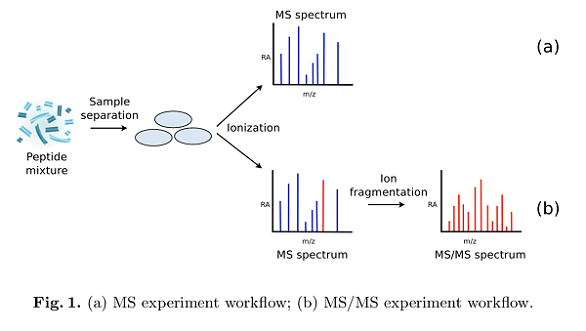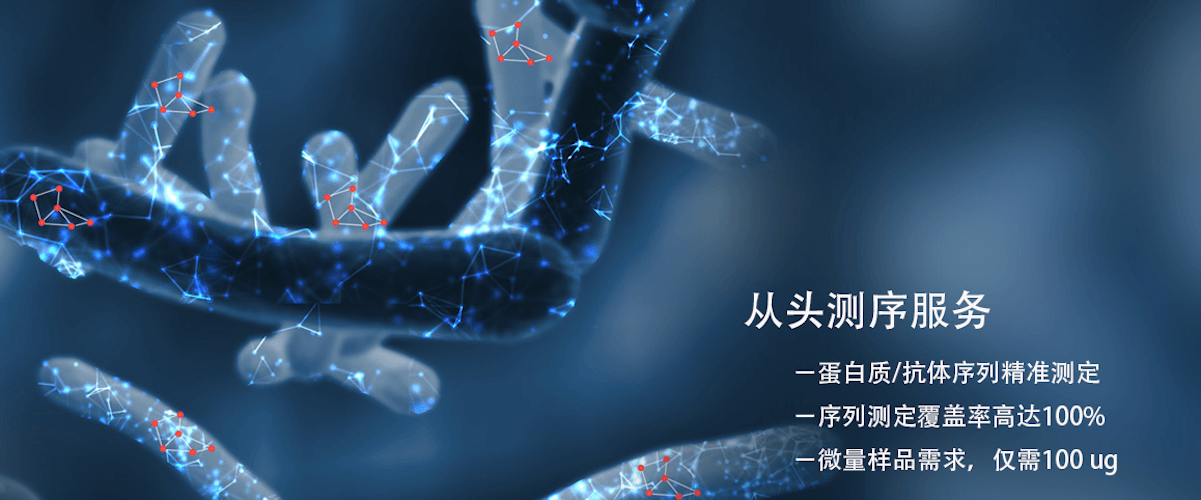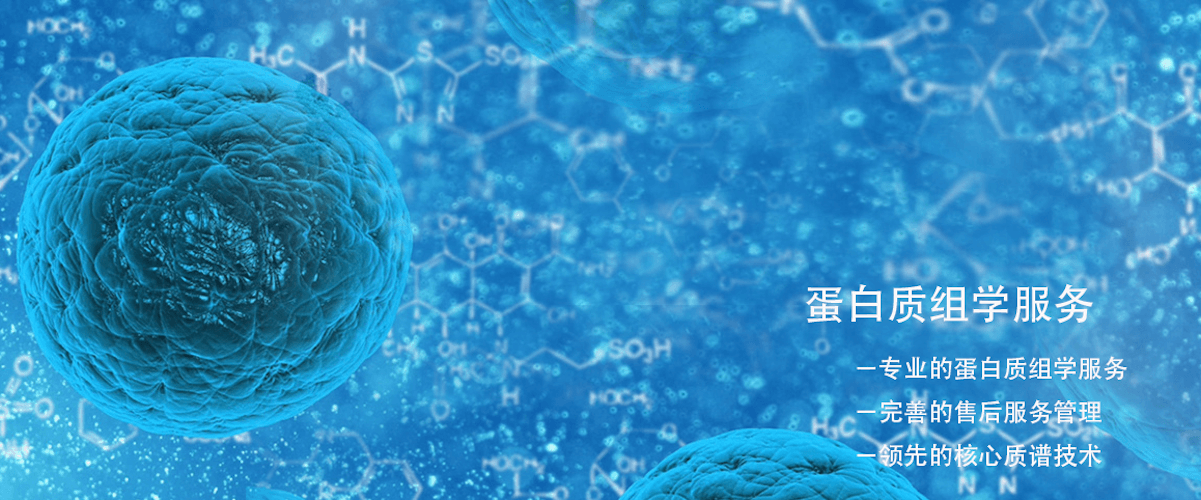Peptide Mass Spectrometry Identification
Polypeptides are compounds consisting of a series of amino acids. They are similar in structure to proteins and play important roles in physiological processes such as blood pressure regulation, pain sensation loss, and glucose metabolism. However, polypeptides are much smaller than proteins. Endogenous polypeptides are often generated by the cleavage of precursor proteins through various processing enzymes. The study of all expressed polypeptides under specific physiological conditions is known as peptidomics.
The purpose of peptide identification is to achieve 'Peptide-Spectrum Matches'. In simple terms, it involves detecting the sequence information of polypeptides to obtain their sequence or post-translational modification information. Tandem mass spectrometry is widely used in peptide identification. It, combined with bioinformatics analysis, is a mainstream technique in shotgun proteomics experiments for peptide sequencing. Most experimental methods compare the spectral data obtained in the experiment with the theoretical sequence data from protein databases. However, comparing unknown sequences, meaning unknown theoretical sequence data of proteins, with data in protein databases is currently a hot topic of research.
Peptide identification process

Peptide identification process
Bioscience company BGI can identify polypeptides using the following routine methods:
1. Extract polypeptides from the sample to be tested;
2. Separate the peptide samples using chromatography;
3. Perform primary mass spectrometry to detect the mass-to-charge ratio of ionized peptides;
4. Perform secondary mass spectrometry. Similar to primary mass spectrometry, secondary mass spectrometry detects fragmented peptide ions, while primary mass spectrometry detects intact peptide ions;
5. Conduct bioinformatics analysis.
About sample preparation and transportation
Gels can be sealed in plastic sheets for sample submission. Gel bands can be placed in sealed tubes for submission. During transportation, sealed samples only need to be kept moist, without adding large amounts of water or buffer.
Precautions
1. Wear gloves when cutting gels;
2. Keep the blade used for cutting gels clean;
3. Cut gel bands as precisely as possible, as extra gel outside the bands may create background noise;
4. Avoid keratin contamination, which typically originates from sample preparation, gel running, gel cutting, or even the lab environment. Conduct experiments in a clean environment.
For more precautions, you may consult during the project communication.
Bilingual project report (Chinese/English)
In the technical report, BGI will provide you with a detailed bilingual (Chinese and English) technical report, including:
1. Experimental procedures (Chinese/English)
2. Related mass spectrometry parameters (Chinese/English)
3. Mass spectrometry images
4. Raw data
5. Detailed information on identified proteins
One-stop peptide mass spectrometry identification service
You only need to place an order and send the sample
BGI provides a one-stop service: sample processing, on-machine analysis, data analysis, project report
Related services
Peptidomics analysis
Peptide sequencing
De novo peptide sequencing
Peptide purity analysis
Molecular weight determination
Peptide biomarker identification
Protein mass spectrometry identification
Shotgun proteomics identification
How to order?





